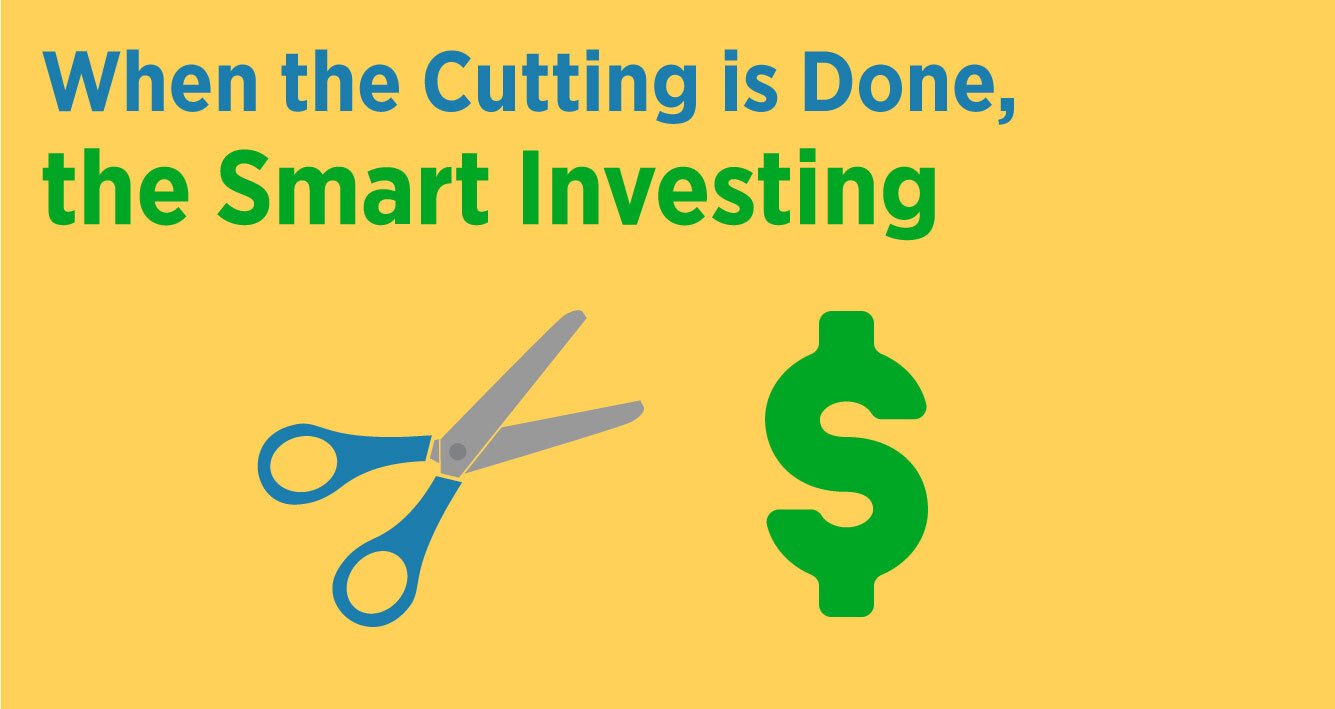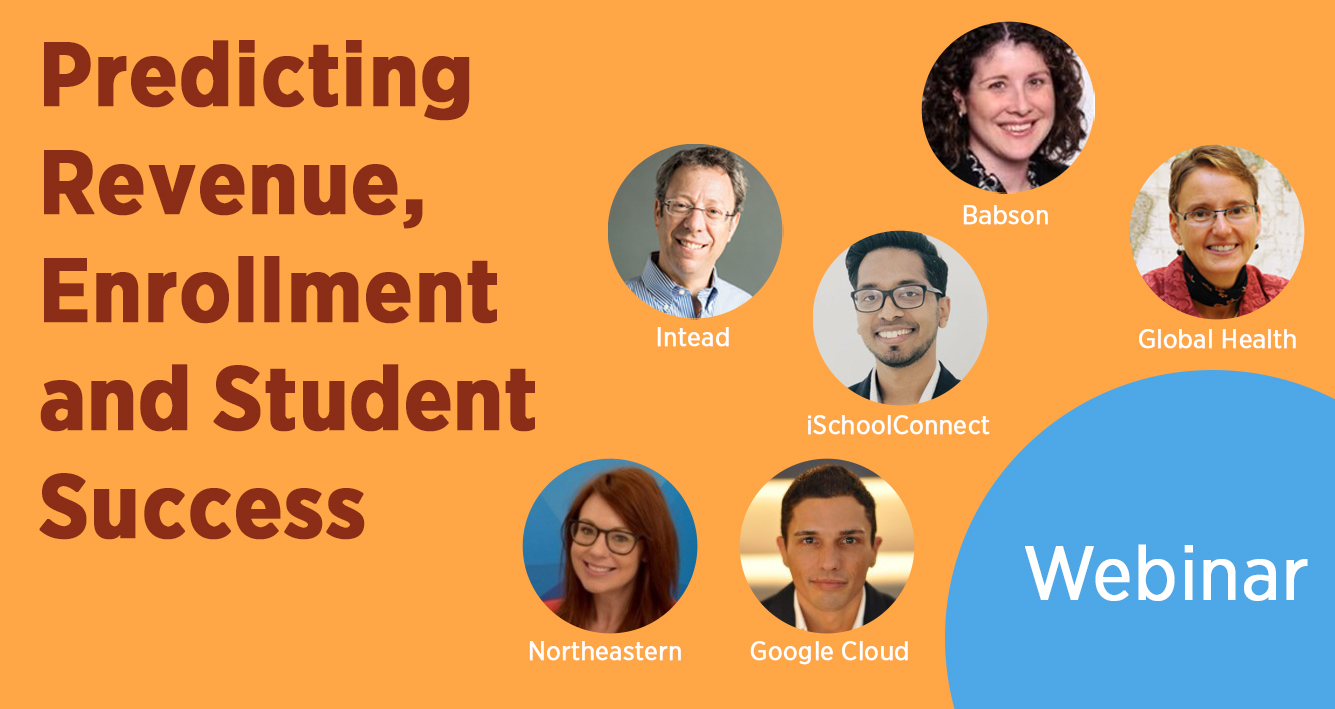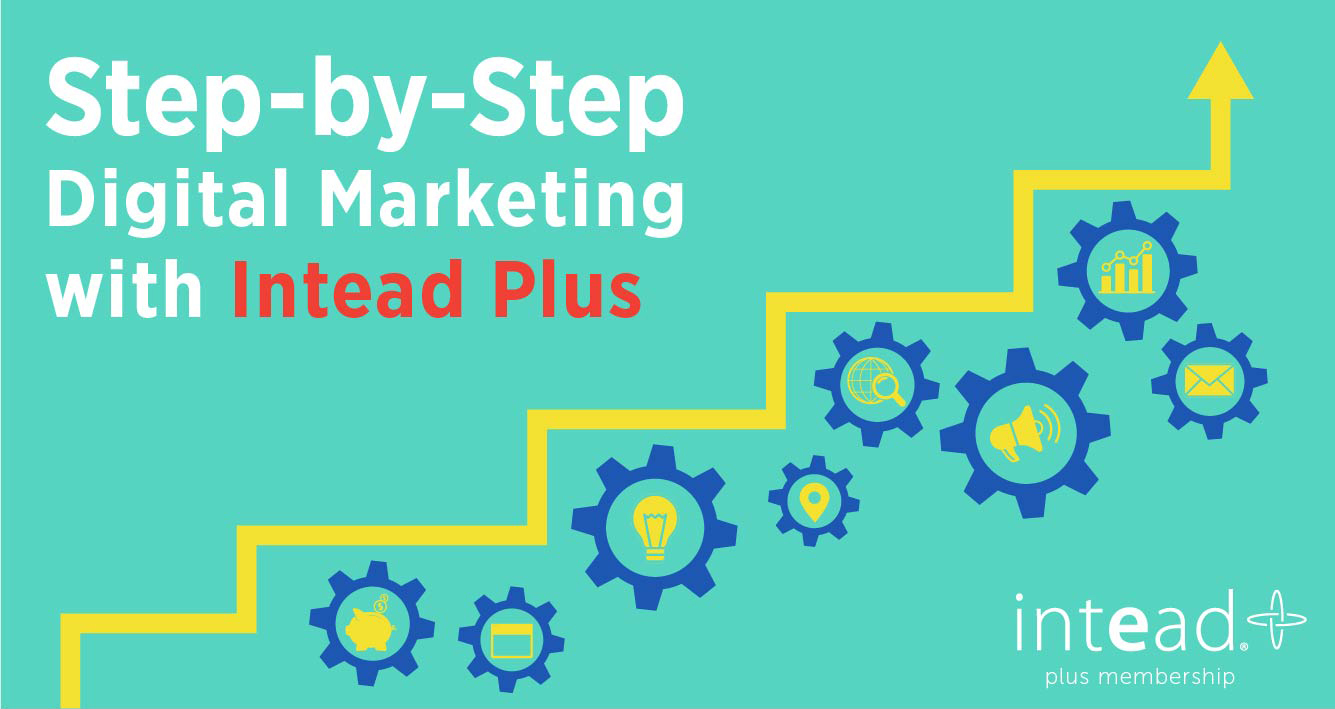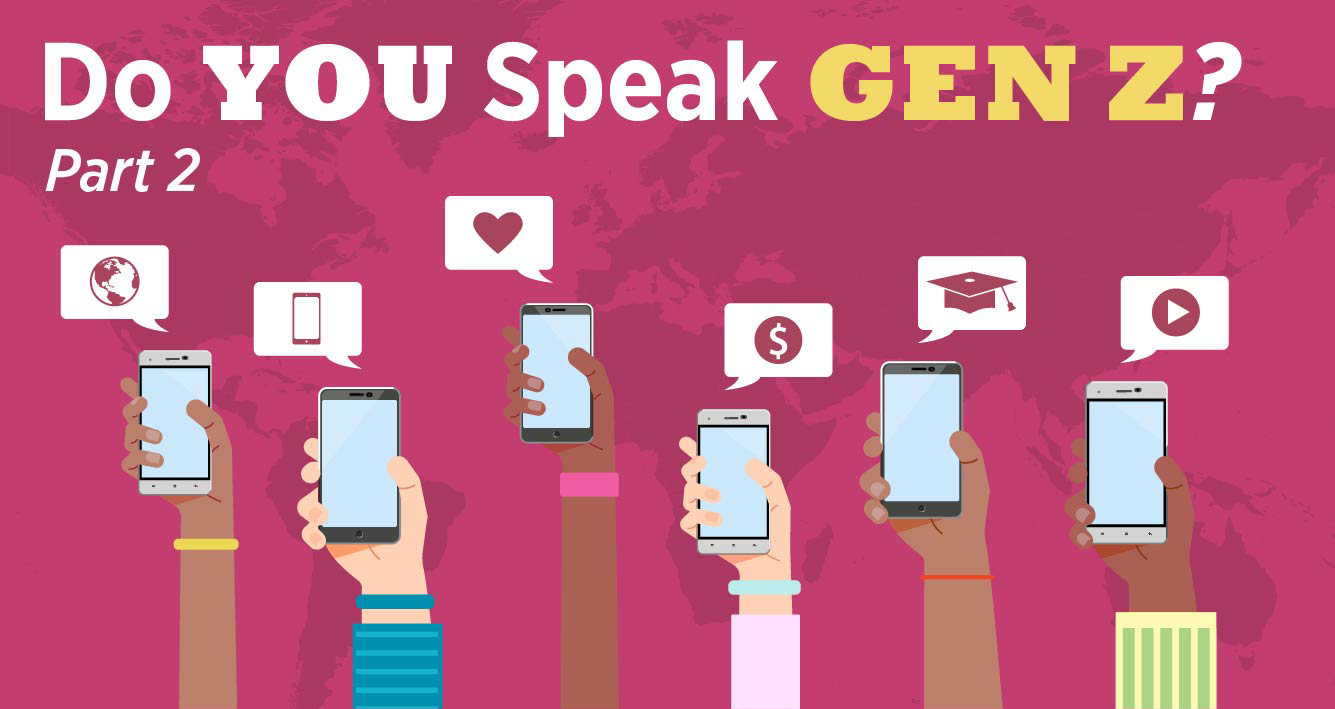Tracking the macro indicators of market growth and decline is where we were at the start of our journey more than a decade ago. The Intead team defined the global market opportunity for student enrollment in ways we felt others were not seeing. And we published our findings and ideas.
While we in higher education are no strangers to global enrollment shocks, there’s no getting around the reality that the year 2020 and the seismic health, political, and economic shifts have challenged our collective efforts to achieve institutional growth. The student enrollment declines being reported are very real and so many of us are feeling them and anticipating more declines in the near term.
Just this week IIE and the National Student Clearinghouse are providing new data showing how the student market has changed for the worse. These numbers are absolutely worth watching and it all makes for good headlines.
Yet, the team here has moved far beyond those headlines and numbers you are seeing. As we approach each new client engagement, we are focused on where specifically the opportunities lie. Which micro demographic? Age range? Region? Academic program interest? Which market differentiators will be attractive and where? Specifically. Globally and locally.
A wealth of data available to make really smart decisions
Today, there is so much data to analyze to help define the real market opportunities for each institution. Given the harsh market conditions, decisions today will determine which institutions will thrive going forward. In some cases, it is about which ones will simply maintain, forget about thrive. Many are trying to predict the future and with investment in the right tools, that is possible.
"Really?" You ask. "Yes," we reply.
The reality: Your bottom line is more important than ever. Your budget? Smaller than ever. Your enrollment goals? More challenging than ever. Your students? Struggling to succeed.
With so much of this past year being entirely unpredictable, a little confidence in the future would be truly welcome.
Luckily, there is an achievable path forward to predictable and sustainable enrollment growth. We’re talking long-term transformational growth here — those “Aha!” moments that transform your institutional practices and reality for years to come. Interested?
Today we are talking to all of you big picture thinkers.
Enter: Predictive analytics.
We know what some of you may be thinking. Long a buzzword in higher education, predictive analytics strategies often come with a “proceed with caution” label and (valid) concerns about budget, staffing, and implementation.
But we’re here to change all that with our new eBook — The End of False Promises: A Guide to Real Predictive Analytics Success.
In this newest Intead publication, we discuss predictive analytics, past, present, and future, including our vision for a manageable, affordable path to incorporating data- and Artificial Intelligence-powered (AI) solutions throughout the student journey at your institution.
To bring this new reality of actionable predictive analytics services to life, we have partnered with iSchoolConnect, a growing leader in advanced EdTech artificial intelligence (AI) tools, to create a new model for marketing, communications, and analytics for academia. Bonus: as one of the world’s few official Google Cloud partners, this new tie-up has access to data insights and resources others only dream of!
The successful approach we are talking about relies on flexible, incremental investments that produce clear returns. With a trusted partner guiding your institution forward on this journey, the transactional successes add up to transform your entire system for enrollment management and student success.
Read on for a quick-hit predictive analytics crash course and to download your free copy of the new eBook. Plus, a closer look at the new Intead + iSchoolConnect approach.
Read More

.jpg)










